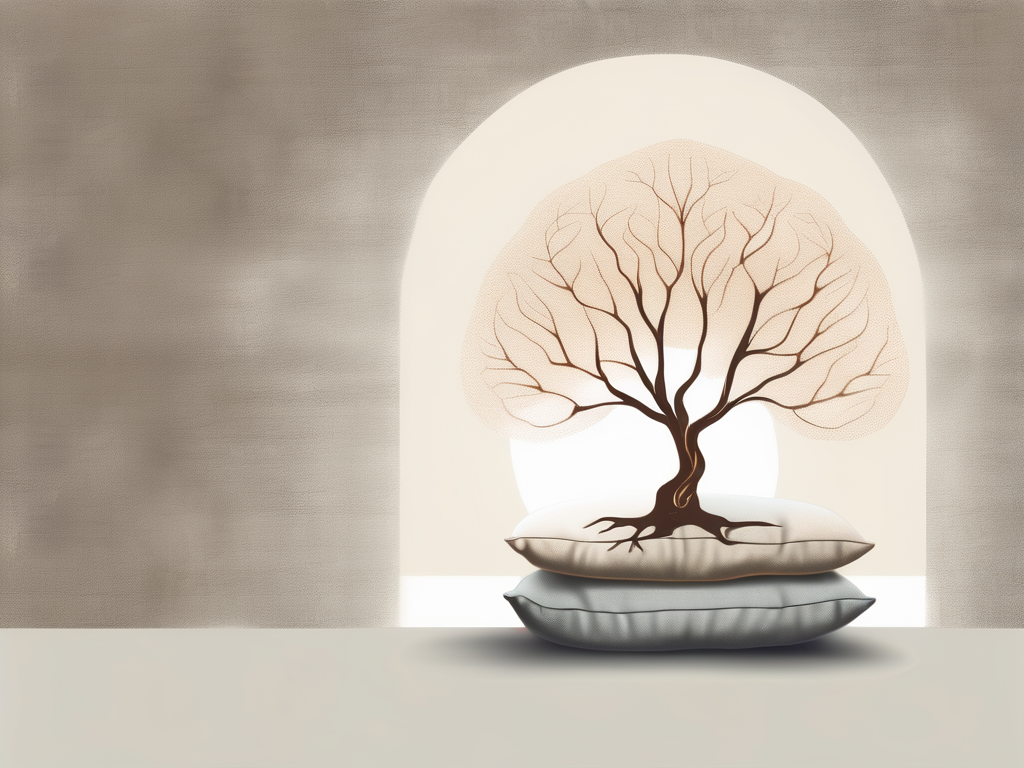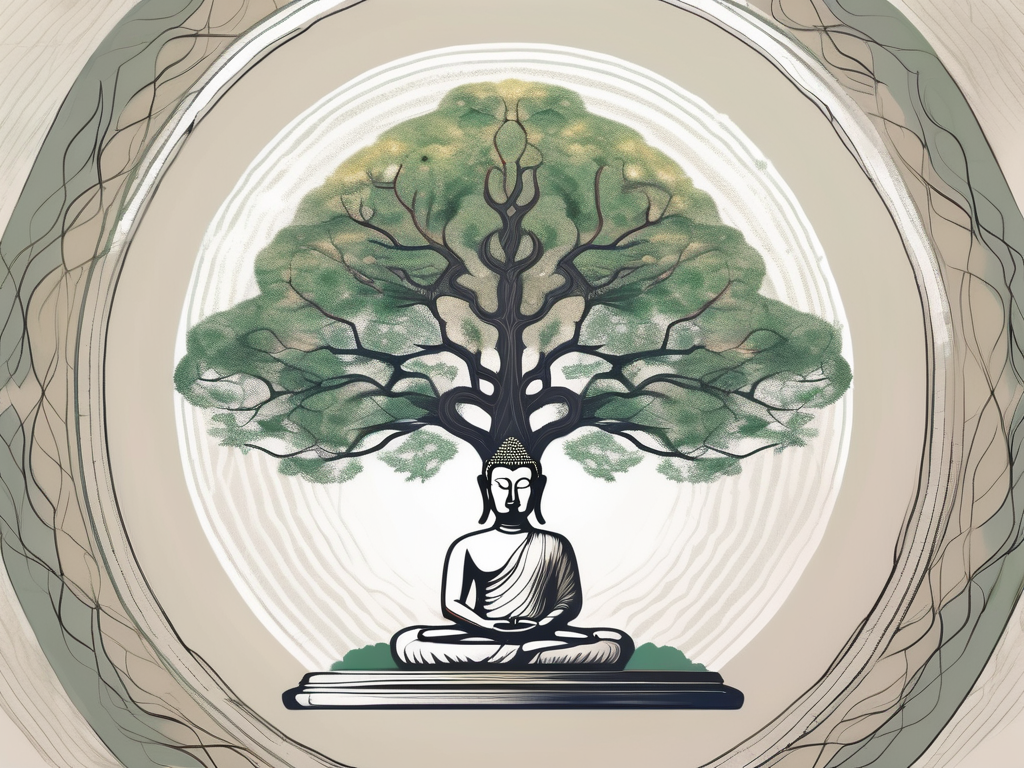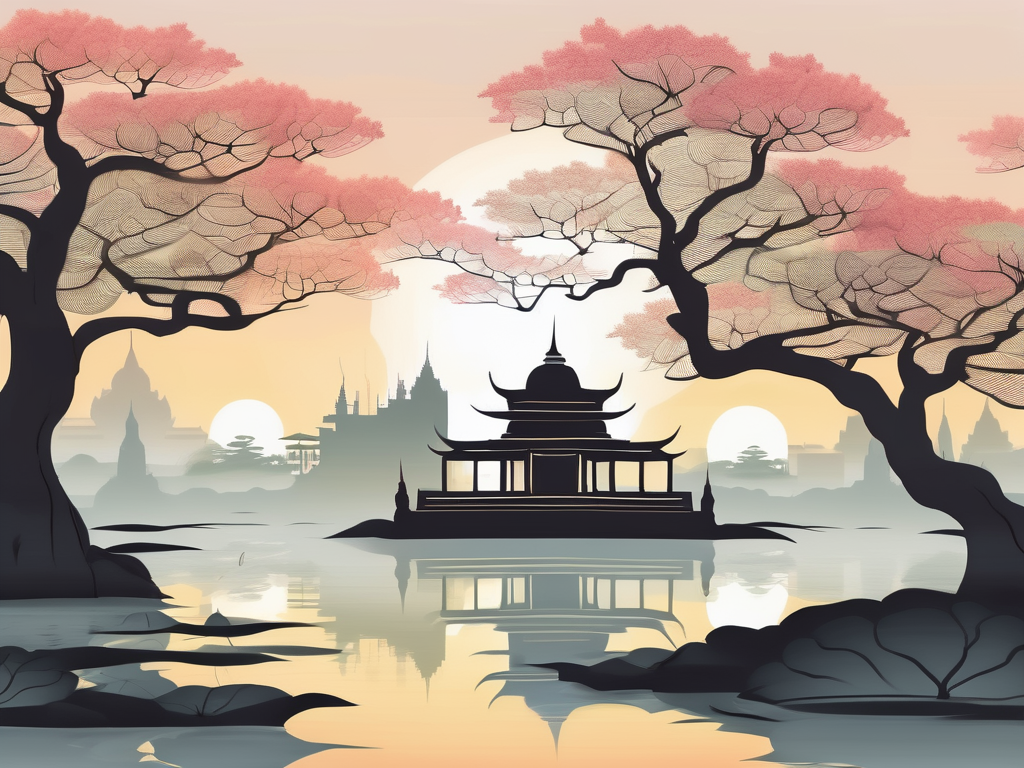Buddha, the founder of Buddhism, is known for his teachings of peace, enlightenment, and compassion. But have you ever wondered about his family history? The story behind Buddha’s lineage is filled with intriguing tales of kings, queens, dreams, and prophecies. Join us on a journey as we unveil the fascinating family history of Buddha.
The Early Life of Siddhartha Gautama
Before he became known as Buddha, Siddhartha Gautama led an extraordinary life. His story begins with his birth and the prophecies that foretold his greatness. According to ancient texts, Queen Maya had a dream of a white elephant entering her womb, symbolizing the birth of a divine child. This dream came true when Siddhartha Gautama, the future Buddha, was born.
Siddhartha, however, did not have an ordinary childhood. As the son of King Suddhodana and Queen Maya, he was sheltered from the outside world. The prince was surrounded by luxury and received the finest education, ensuring that he would inherit the throne one day.
Within the palace walls, Siddhartha was exposed to the arts, sciences, and philosophies of his time. He studied under renowned scholars, mastering various subjects such as mathematics, astronomy, and literature. His sharp intellect and insatiable curiosity made him a favorite among his teachers, who saw great potential in the young prince.
Despite his privileged upbringing, Siddhartha felt a sense of restlessness within him. The opulence and material comforts of the palace did not satisfy his soul. He yearned for a deeper understanding of life and the world beyond the palace walls.
Driven by his quest for knowledge and truth, Siddhartha began to explore the surrounding kingdom in secret. Disguised as a commoner, he ventured into villages, mingling with the ordinary people and experiencing their joys and sorrows. These encounters opened his eyes to the harsh realities of life – poverty, illness, and suffering.
As Siddhartha witnessed the suffering of his fellow beings, he became increasingly disillusioned with the superficiality of his own existence. The stark contrast between the opulence of the palace and the hardships faced by the common people weighed heavily on his heart.
One fateful day, Siddhartha encountered an old man, a sick person, and a funeral procession. These encounters shook him to the core, as he realized that old age, sickness, and death were inevitable parts of human existence. Deeply moved by these profound truths, Siddhartha made a life-altering decision.
He resolved to renounce his life of luxury and embark on a spiritual journey to seek enlightenment. Leaving behind his family, wealth, and worldly possessions, Siddhartha set out into the unknown, determined to find answers to the fundamental questions of human existence.
Thus, the early life of Siddhartha Gautama laid the foundation for his transformation into the enlightened being known as Buddha. His upbringing in the palace, coupled with his encounters with suffering and his innate curiosity, propelled him on a path of self-discovery and enlightenment. Little did he know that his journey would not only transform his own life but also inspire countless others for centuries to come.
The Royal Family of Buddha
King Suddhodana, Buddha’s father, was not only a powerful warrior king, but also a visionary leader who left an indelible mark on the history of his kingdom, the Shakya clan. With his unwavering determination and strategic brilliance, he not only defended his people from external threats, but also fostered a prosperous and harmonious society within his realm. His subjects held him in the highest regard, not only for his military prowess, but also for his compassionate rule. King Suddhodana ensured that his people were not only well taken care of, but also empowered to thrive and reach their fullest potential.
Queen Maya, on the other hand, was not just a dreamer, but a woman of profound spirituality and wisdom. Her gentle nature and unwavering devotion to her son, Buddha, were legendary. She was not only a loving mother, but also a guiding light in his life. Queen Maya’s spiritual journey began long before Buddha’s birth, as she had a series of vivid dreams that foretold the extraordinary destiny of her son. These dreams were not mere figments of her imagination, but powerful prophecies that set the stage for the remarkable journey that lay ahead for Buddha.
As Queen Maya nurtured her son, she instilled in him the values of compassion, empathy, and a deep understanding of the human condition. Her spiritual teachings and unwavering support played a pivotal role in shaping Buddha’s character and guiding him towards his ultimate path of enlightenment.
King Suddhodana and Queen Maya’s union was not just a marriage of two individuals, but a divine union that brought forth a child who would forever change the course of history. Their complementary strengths and shared vision created a nurturing and supportive environment for Buddha’s growth and development.
Together, as a family, they faced numerous challenges and triumphs, each experience shaping their individual journeys and contributing to the collective legacy they would leave behind. The love, wisdom, and guidance of King Suddhodana and Queen Maya continue to inspire countless generations, reminding us of the profound impact a family can have on the world.
Buddha’s Journey to Enlightenment
As a young man, Siddhartha Gautama’s life took a different turn. He embarked on a journey that would change the course of history forever. Known as the “Great Renunciation,” Siddhartha left behind his luxurious life and set out to seek enlightenment. This marked the beginning of his spiritual quest.
During his journey, Siddhartha encountered many challenges and revelations, known as the Four Sights. These sights, which included an old man, a sick person, a corpse, and a wandering ascetic, deeply affected him. He realized the impermanence of life and the suffering that comes with it.
As Siddhartha continued his journey, he delved deeper into the nature of existence and the causes of suffering. He sought guidance from various spiritual teachers and engaged in rigorous meditation practices. Siddhartha’s determination and unwavering commitment to his quest for truth led him to explore different paths and philosophies.
One significant event during Siddhartha’s journey was his encounter with a group of ascetics who practiced extreme self-mortification. Intrigued by their dedication, he decided to join them and subjected himself to severe austerity. Siddhartha believed that by renouncing all physical comforts, he would attain enlightenment. However, after enduring extreme hunger and physical pain, he realized that this path did not lead to the ultimate truth he sought.
Undeterred by his failed attempt, Siddhartha continued his search for enlightenment. He then turned to a different approach, known as the Middle Way. This path advocated for a balanced and moderate lifestyle, avoiding both extreme indulgence and extreme asceticism. Siddhartha believed that by following the Middle Way, one could achieve spiritual liberation and transcend the cycle of suffering.
During his journey, Siddhartha also spent time in deep contemplation under the Bodhi tree. It was here that he experienced profound insights and breakthroughs, leading him closer to enlightenment. He discovered the Four Noble Truths, which outlined the nature of suffering, its causes, and the path to liberation from suffering.
After years of relentless pursuit, Siddhartha finally attained enlightenment and became the Buddha, the awakened one. He dedicated the rest of his life to teaching others about his discoveries and guiding them towards liberation. The Buddha’s teachings, known as the Dharma, continue to inspire and guide millions of people around the world.
The journey of Siddhartha Gautama, from a privileged prince to the enlightened Buddha, is a testament to the power of human determination and the quest for truth. His teachings on compassion, mindfulness, and the nature of reality continue to resonate with people from all walks of life, offering a path to inner peace and spiritual awakening.
Buddha’s Wife and Son
While on his path to enlightenment, Siddhartha Gautama had a wife named Yasodhara. However, her role in his journey is often overlooked. Yasodhara was not just a passive observer, but an active participant in Siddhartha’s spiritual pursuits. She supported her husband’s quest for enlightenment, providing him with emotional and moral support during his arduous journey.
Yasodhara’s devotion to Siddhartha was unwavering. She understood the importance of his spiritual journey and willingly accepted the sacrifices that came with it. As Siddhartha renounced his life of luxury and embarked on a life of asceticism, Yasodhara stood by his side, offering him encouragement and understanding.
After Siddhartha attained enlightenment and became the Buddha, Yasodhara became one of his most devoted followers. She embraced his teachings wholeheartedly and dedicated her life to spreading his message of compassion and wisdom. Yasodhara’s deep understanding of the Buddha’s teachings allowed her to become a revered teacher in her own right, inspiring countless others on their own spiritual paths.
Rahula, Buddha’s son, was born just before Siddhartha left the palace. Rahula’s birth brought both joy and sorrow to Siddhartha and Yasodhara. While Siddhartha was overjoyed to become a father, he also knew that his duty to seek enlightenment required him to leave his family behind.
Rahula would grow up without his father’s physical presence, but he would always carry his teachings in his heart. As he matured, Rahula developed a deep longing to understand his father’s spiritual path. He sought out the guidance of the Buddhist monks and eventually joined the sangha, the community of Buddhist monks.
Being the son of the Buddha, Rahula faced unique challenges and expectations. However, he embraced his heritage and used it as a source of inspiration on his own spiritual journey. Rahula’s presence in the sangha served as a reminder of the interconnectedness of family and spirituality, highlighting the importance of maintaining a balance between worldly responsibilities and the pursuit of enlightenment.
Throughout history, the stories of Yasodhara and Rahula have often been overshadowed by the narrative of the Buddha’s enlightenment. However, their roles were crucial in shaping Siddhartha’s path and the subsequent spread of Buddhism. Their unwavering support and dedication to the Buddha’s teachings continue to inspire countless individuals on their own spiritual journeys.
The Shakya Clan: Buddha’s Extended Family
The Shakya clan, Buddha’s extended family, played a significant role in his life and spiritual journey. They belonged to the warrior caste and were known for their bravery and fierce loyalty. However, their decline came as a result of internal conflicts, which weakened their power and influence.
Let’s delve deeper into the fascinating history of the Shakya clan and explore the rich tapestry of their lives.
The Warrior Caste
The Shakya clan, being part of the warrior caste, held a prestigious position in society. They were skilled in the art of warfare and played a crucial role in protecting their kingdom. Their strength and bravery were well-respected by neighboring kingdoms.
From an early age, the Shakya children were trained in the art of combat. They honed their skills in archery, swordsmanship, and hand-to-hand combat. The warrior caste instilled in them a sense of discipline, honor, and duty.
Not only were they formidable warriors, but the Shakya clan also excelled in various other fields. They were known for their expertise in governance, administration, and diplomacy. Their influence extended beyond the battlefield, and they played a vital role in shaping the political landscape of their time.
The Decline of the Shakyas
Unfortunately, the decline of the Shakyas began during Buddha’s lifetime. Internal disputes and conflicts weakened their unity, making them vulnerable to external threats. The once-unbreakable bond between the Shakya warriors started to fray, leading to a loss of their collective strength.
As the Shakyas became embroiled in internal power struggles, their enemies seized the opportunity to exploit their weaknesses. Neighboring kingdoms, sensing their vulnerability, launched attacks, seeking to expand their territories at the expense of the Shakya clan.
The Shakyas fought valiantly, but their internal divisions proved to be their undoing. Despite their fierce loyalty to their kingdom, they could not overcome the disunity that had taken root within their ranks. Eventually, their kingdom was annexed by a neighboring kingdom, marking the end of their reign.
It is a tragic tale of a once-mighty clan brought down by their own internal conflicts. The decline of the Shakyas serves as a cautionary tale, reminding us of the importance of unity and harmony in the face of external threats.
Buddha’s family history is one filled with extraordinary stories and important lessons. It’s a reminder that even those who come from noble lineage can seek a different path in life. Buddha’s teachings continue to inspire millions to this day, reminding us of the importance of compassion, self-reflection, and the quest for enlightenment.
As we reflect on the legacy of the Shakya clan, let us remember their bravery, their struggles, and the lessons we can learn from their journey. May their story serve as a reminder that unity, both within ourselves and in our communities, is the key to overcoming any obstacle that comes our way.












